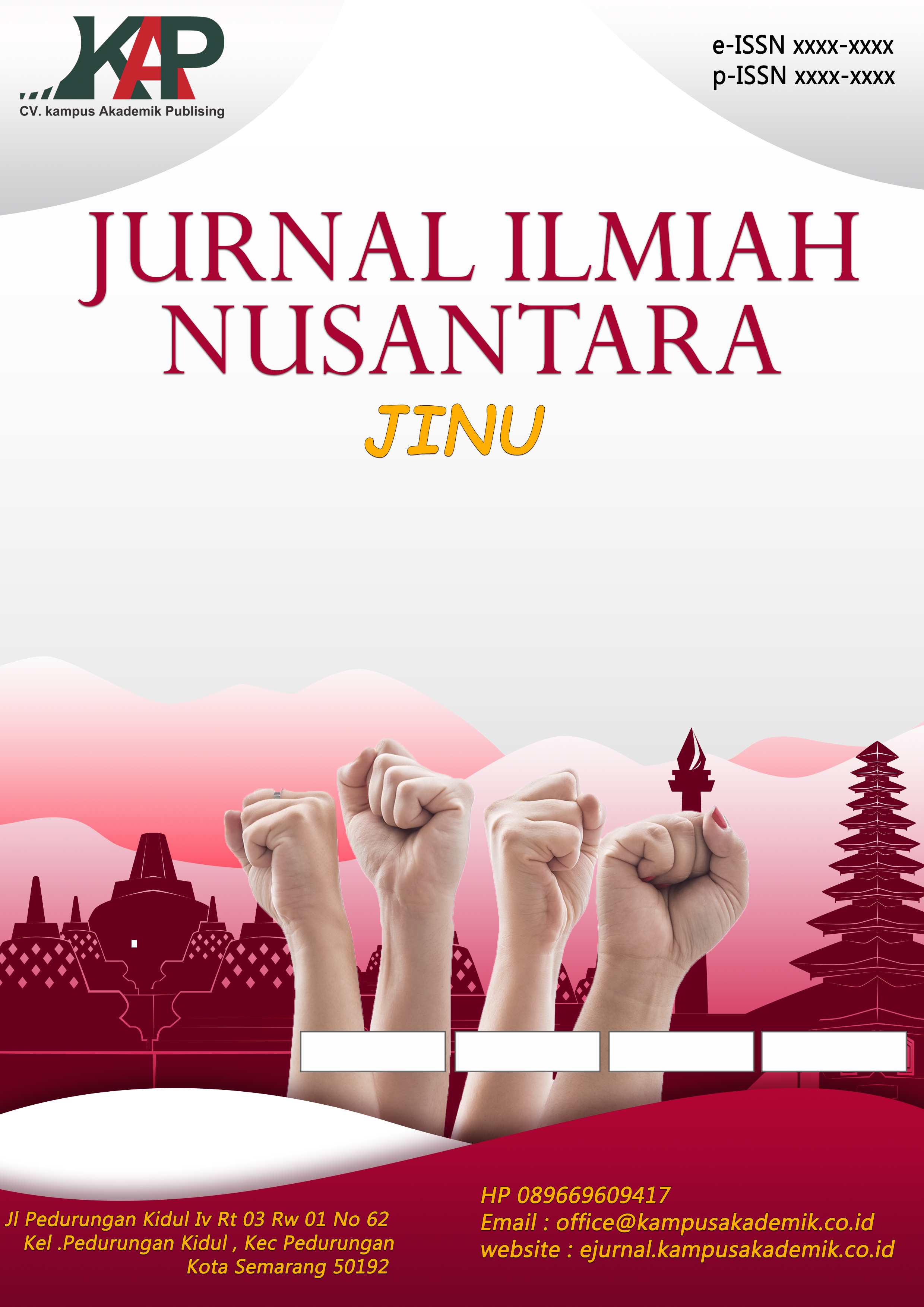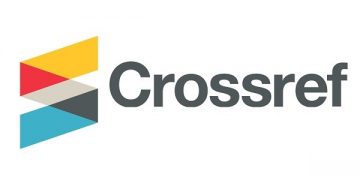Peran Kreativitas Bahasa Promosi pada Konten Digital E-Commerce
DOI:
https://doi.org/10.61722/jinu.v2i6.6650Keywords:
Creativity, Promotional Language, Digital Content, E-commerce, Marketing StrategyAbstract
The rapid growth of e-commerce in the digital era encourages companies to develop innovative marketing communication strategies. One of the key factors that determine the success of digital marketing is the creativity in promotional language. Creative promotional language not only serves to attract consumer attention but also builds emotional closeness, increases engagement, and strengthens brand image amidst increasingly competitive markets. The use of persuasive, interactive, and audience-relevant language styles creates differentiation and influences purchasing decisions. Therefore, the creativity of promotional language plays a strategic role in enhancing the effectiveness of digital ecommerce content while supporting business sustainability in the digital era.
References
Amabile, T. M. (1996). Creativity in context: Update to the social psychology of creativity. Westview Press.
Kotler, P., & Keller, K. L. (2016). Marketing management (15th ed.). Pearson Education.
Shimp, T. A. (2010). Advertising, promotion, and other aspects of integrated marketing communications (8th ed.). South-Western Cengage Learning.
Batra, R., & Keller, K. L. (2016). Integrating marketing communications: New findings, new challenges. Journal of Marketing, 80(6), 122–145.
Mangold, W. G., & Faulds, D. J. (2009). Social media: The new hybrid element of the promotion mix. Business Horizons, 52(4), 357–365.
Keller, K. L. (2013). Strategic brand management (4th ed.). Pearson Education.
De Pelsmacker, P., Geuens, M., & Van den Bergh, J. (2013). Marketing communications: A European perspective (5th ed.). Pearson Education.
Vakratsas, D., & Ambler, T. (1999). The role of advertising content and effectiveness in a fastmoving consumer goods environment. Journal of Marketing, 63(3), 25–40.
Al-Waqfi, R., & Al-Tameemi, T. (2020). The impact of digital marketing on consumer purchase intention: A systematic review. International Journal of Electronic Business, 16(2), 170– 191.
Li, C., & Zhang, H. (2022). How short video platforms affect consumer purchase decisions: The role of interactivity and parasocial relationships. Journal of Retailing and Consumer Services, 67, 102924.
Salo, J., & Tähtinen, J. (2013). The social media as a new context for relationship marketing. Marketing Theory, 13(4), 433–453.
Wilson, K., & Thompson, M. (2024). The Psychology of Real-Time Shopping: Consumer Behavior in Live Streaming Commerce. Consumer Psychology Review, 12(1)
Downloads
Published
Issue
Section
License
Copyright (c) 2025 JURNAL ILMIAH NUSANTARA

This work is licensed under a Creative Commons Attribution-ShareAlike 4.0 International License.













